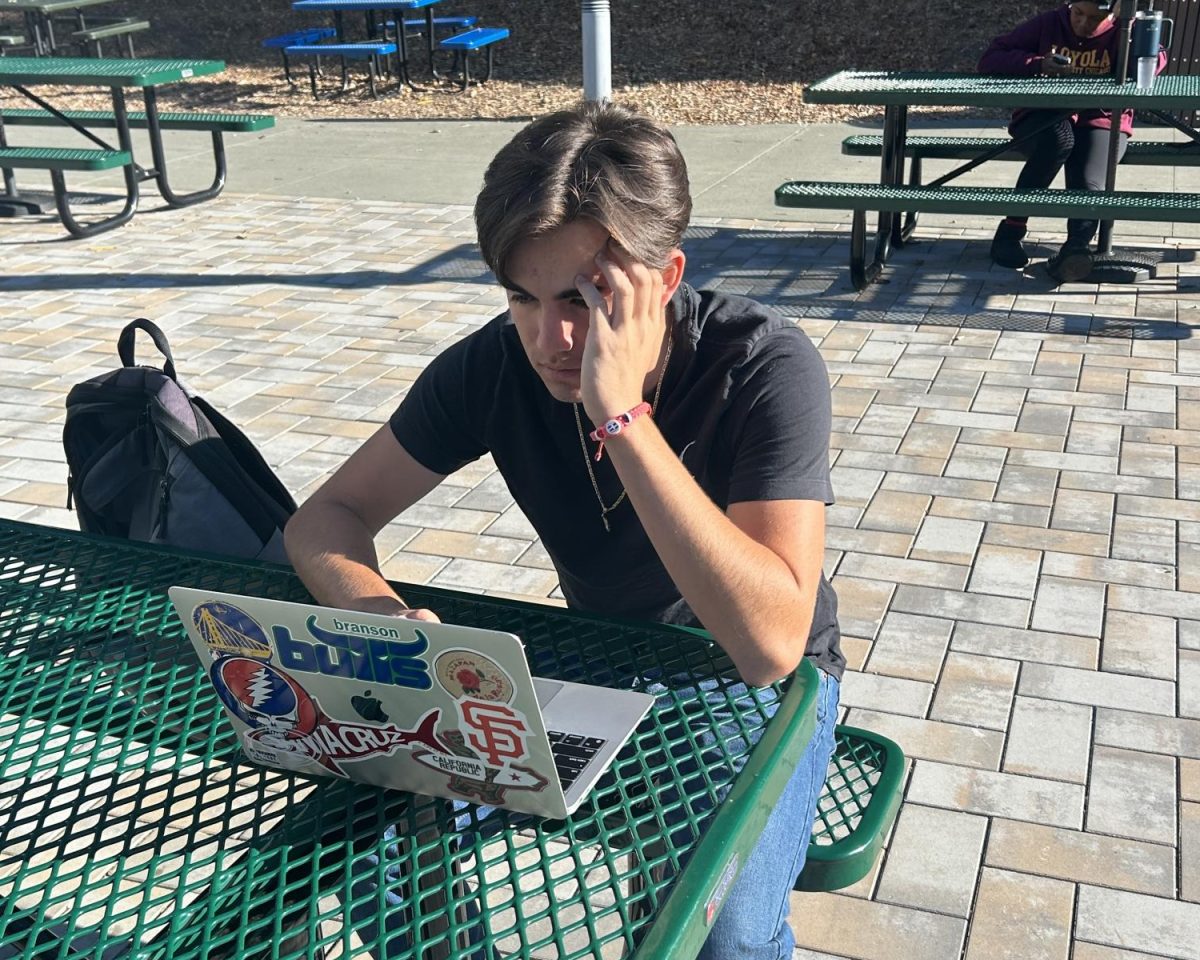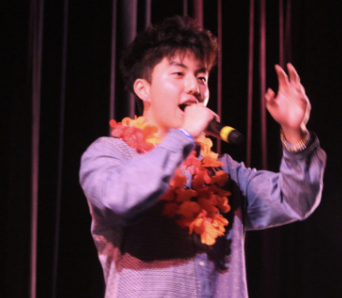Since the release of ChatGPT in November 2022, roughly 17 students have been caught using the AI tool on Branson assignments; however, there have been no ChatGPT-related honor board cases so far this year.
Some Branson educators are concerned about ChatGPT stifling students’ creativity, while others see potential benefits if integrated thoughtfully. This dilemma has been ongoing since its release.
“Last November… we fed my prompt into it and we watched it answer it. And then as a class we kind of decided what we liked and what we didn’t,” said Jeff Symonds, Director of Studies.
From the beginning, Symonds was worried about the implications of the brand-new technologies in the classroom.
“The English teacher part of me sees it as deeply problematic when used too quickly by students, especially when it’s used to replace thinking,” Symonds said.
It is understandable to see why educators would be worried about this new technology. In the past, though, such technologies have changed the world in very positive ways.
“People thought the printing press was going to be the end of the world… What it did was quintuple the world’s literacy rate in a generation,” said Symonds.
Symonds is concerned with how the ChatGPT experience feels from a student’s perspective.
“The problem is it does it so quickly that I imagine it feels a lot less like cheating,” said Symonds. “Like, when you had to go down the rabbit hole and go to 37 different websites and buy an essay… I’m sure that felt clandestine.”
So, what does an AI-driven tool mean for a school known for its rigorous academic curriculum?
“I like to think that a Branson education is more than auto-filling,” said Symonds.
But, it isn’t just about the technology. It’s about the dialogue it has created within the community.
“Getting students’ perspective on the advantages and disadvantages of the technology is a crucial voice in the larger conversation that the school needs to have,” Symonds said.
One of the crucial elements for educators is changing assessment methods with AI tools in mind.
“My job I feel like is to push teachers to make sure they’re designing assessments with AI in mind rather than, if you use AI you’re a bad person, because that’s just bad design,” Symonds said.
With all the talk of new technologies, it’s essential to remember the core mission of the Branson education.
“What you walk out of here able to do and what you walk out of here remembering is the value of the education,” Symonds said.
For Madeline Lesser, an English teacher, her experience with ChatGPT was grounded in the student papers she received.
“I started playing around with it, asking some questions about it, and seeing how it did. And then my main interaction came once I started receiving papers that used it,” Lesser said.
For some teachers, recognizing ChatGPT’s influence on assignments wasn’t always straightforward.
“It ranged from students who used it just wholesale, and you fed it into a checker, and it was like 99%, to students who, if you look back through their version history, you could see that they had actually gone through and gotten it from ChatsGPT wholesale, but had then changed every word of it,” said Lesser.
The advent of ChatGPT has inevitably changed the dynamics of classroom assignments.
“This fall, we’re doing a lot more in-class writing than we’ve ever done before,” Lesser said.
But it wasn’t just essays—ChatGPT’s poetry assistance has also raised eyebrows.
“ChatGPT is really bad at poetry,” said Lesser. “It hallucinates lines of poetry. Students would write an analysis of some poem and we’re like that poem doesn’t exist.”
While there are many possible benefits to innovations in AI, many Branson faculty members are still unsure of the true beneficial impact it can have in the realm of education.
“I’ve thought a lot about its value in the English classroom and its value in the English classroom feels relatively modest to me,” said Lesser.



